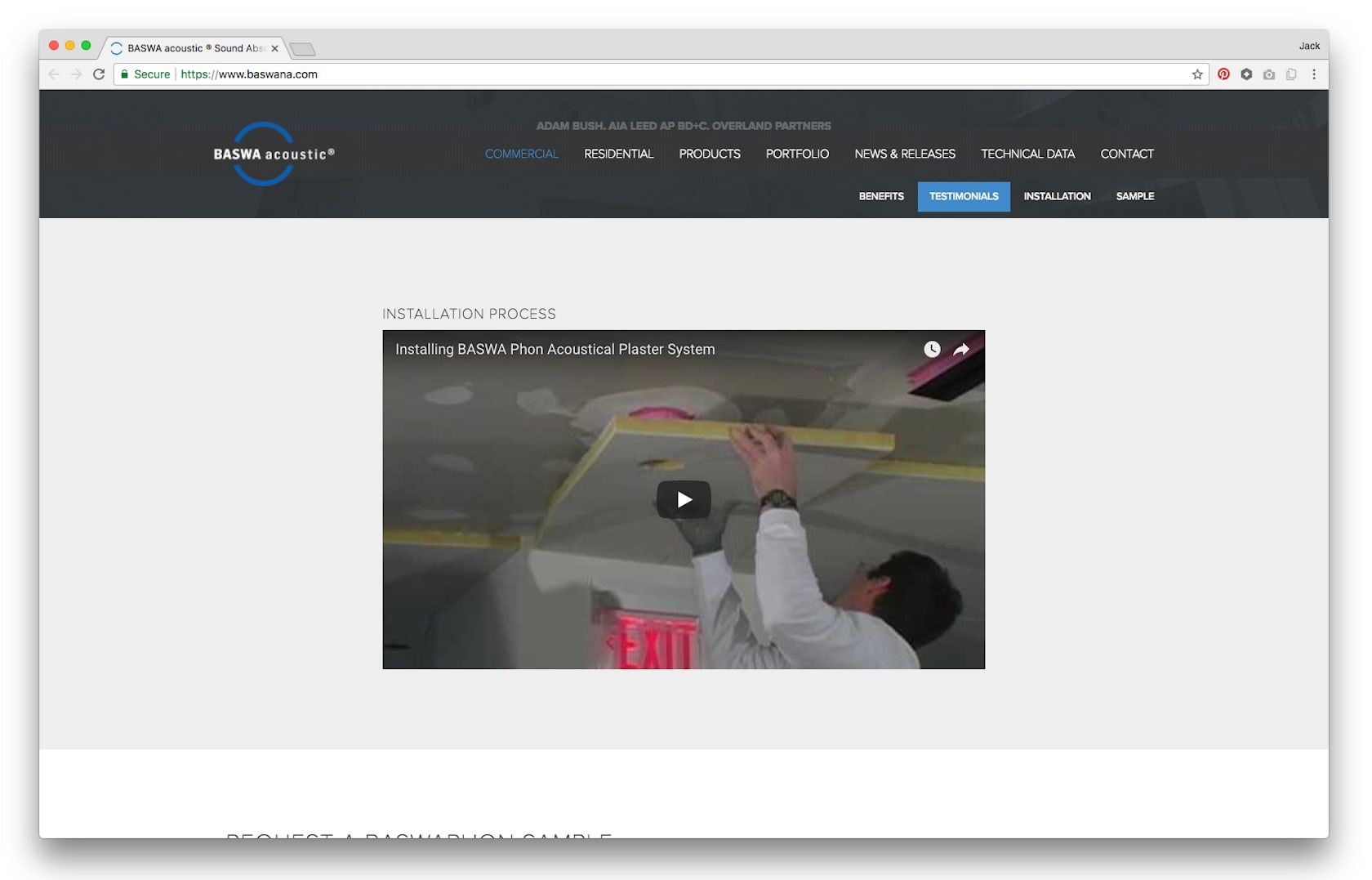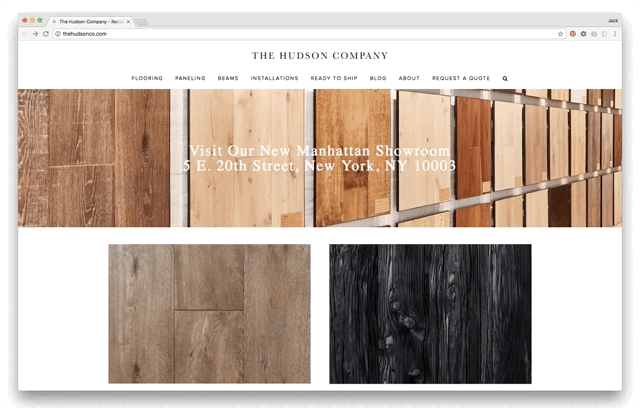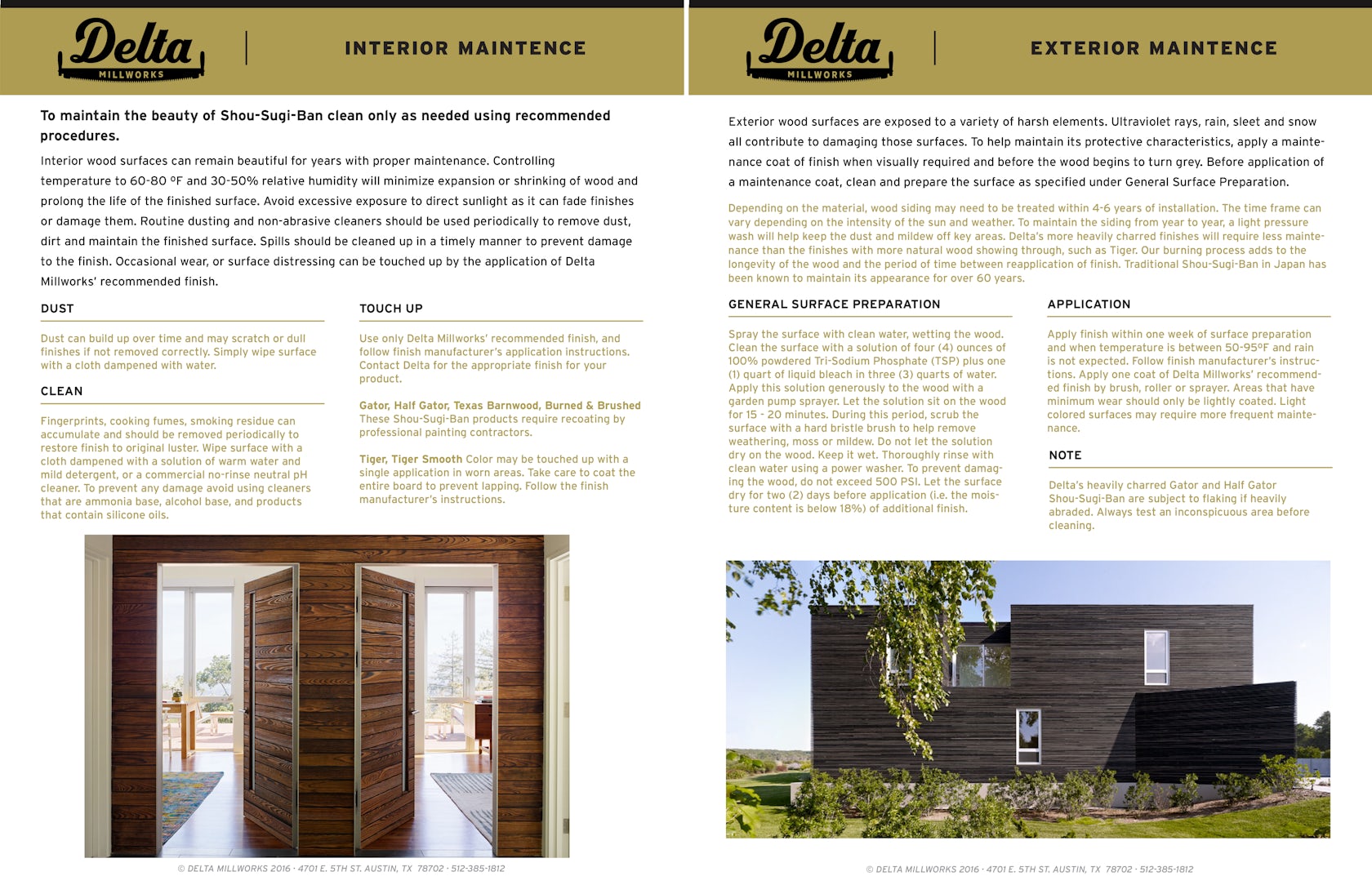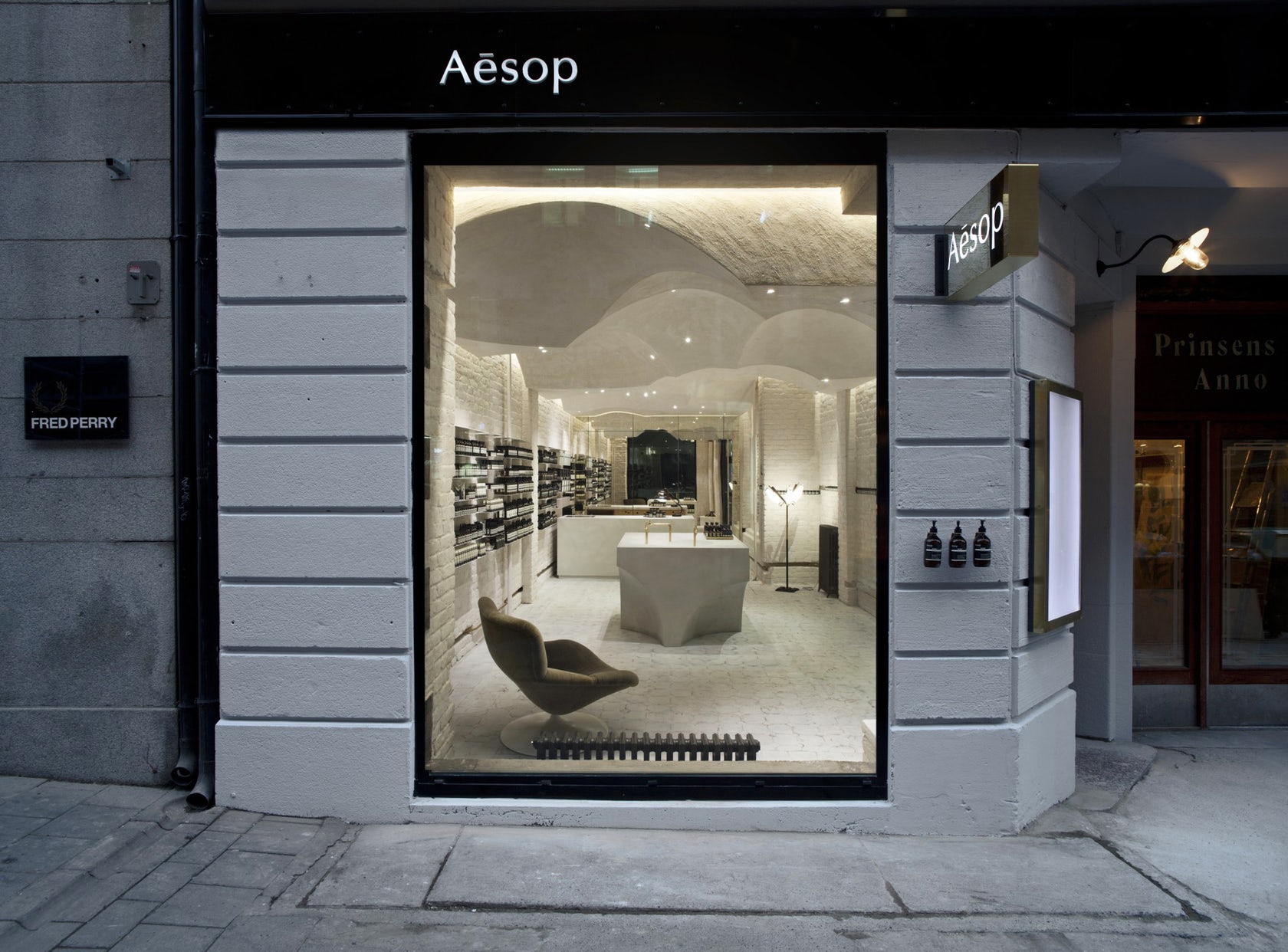Connect with huge architecture firms and gain new business through Architizer’s community marketplace for building-products. Click here for more information.
When selling to architects, remember that they are a stressed-out overworked bunch, and they are going to go with whatever makes their life easier. The main reason why architects are always stressed out is that they are trying to coordinate the demands of different people with different interests and very different skill sets. On a day-to-day basis, architects are dealing with clients, engineers and contractors, trying to get them all to buy into the architect’s decisions. It’s a lot to manage.
Whatever you can do to help architects work with those people will make your architects happy and eager to work with you in the future. Say they have an angry contractor telling them that the faucet they selected is impossible to install. The architect dealing with that contractor could be a 20-something with relatively little experience dealing with an experienced laborer who has been on the job for decades. If you can give that architect detailed videos showing exactly how the product is installed, they can take those examples to the contractor and easily smooth over the problem. It doesn’t matter what your faucet looks like, how many awards it’s won or how well it works — that architect is going to look for your products again.
Whatever resources you can provide that will help an engineer, contractor or owner will also help an architect, which will mean a happy customer for you.
Whenever you’re trying to sell something to somebody, you should try to get a sense of that person’s important relationships. Let’s spend a day in an architect’s shoes.

Baswa Acoustic’s site includes thorough installation videos.
8 am: Contractor Meeting
It’s early, the middle of winter and still dark out. The architect steps onto a busy site, and the only thing that hits her harder than the January wind is the yell of her general contractor charging up to her, screaming about a ceiling panel that won’t fit. His guys can’t install the mock-up, he says, so they’re going to have to go with a different product.
Our architect is alone on-site and doesn’t know anything about installing ceiling panels. She may not have even worked on the construction documents; maybe she was just switched onto the project last month when her predecessor quit. Without any other information, she has no choice but to yield to the angry contractor’s demands and switch to a different panel.
On the other hand, perhaps she gets out her phone and goes to your website. There, she finds the panel and sees a host of helpful documents neatly organized. Even better than that, there is a video showing exactly how the panel is installed and how to troubleshoot problems that might come up. She shows it to the general contractor, who sees what was going wrong, and voilà, problem solved. Your panel stays in the project.
The takeaway: Make sure to include installation materials on your website. If you can make a video showing how it works, that’s the best, but clear step-by-step guides with detail drawings can also do the trick. Remember that contractors are most concerned with how much time and labor they need to spend installing a product because it affects their bottom line. If you can make it clear that they can save time and money using your product, or at least how to be efficient with it, they’ll be a lot happier to work with it in the future.

The Hudson Company’s website is clear and well-designed and includes glowing testimonials.
11 am: Design Review With the Boss
Our architect is now back in the office and has a meeting with her boss about another project. Her manager wants to see what she is considering for the wood floor. She hasn’t had time to order samples or call a sales rep — she only found out about this meeting the night before — so she has pulled up the websites of a few manufacturers.
How confident are you that someone would pick your products after just looking at your website? That’s the main entry point for many architects to your products. A great website not only looks nice, but is well-organized and informative.
Your website should have plenty of high-resolution images of your products both alone and in context along with all of the relevant technical information and drawings. Include nice high-resolution images of built projects that include your products along with testimonials from previous clients. If an architect has not used or heard of your product before, they will be much more confident if they see that their peers have worked with your company and have been happy with the experience. Happy customers can be more effective with potential customers than even the best sales reps.
Learn to love building a great website, and it will love you back.

Custom Building Products’ site includes a variety of in-depth case studies.
1 pm: Call With an Engineer
Having weathered the morning, our architect is on to an afternoon call with an engineer for a yet another project. You want our architect to go into this meeting as well-prepared and confident as possible. The engineer is likely to know more about their specialty than the architect, but the more the architect knows, the more efficient she can be with her time and the more she can defend her choice.
This engineer is skeptical about the flooring the architect has chosen because he’s never worked with it before. He’s heard of it but would feel a lot better if he could talk to someone who has used it to get more information.
Case studies of previous successful projects can highlight unusual design challenges that were overcome and exactly what building-products were used to achieve great results. Include names and contact information, if possible, so that interested parties can reach out for more information. Architects and engineers are skeptical people by nature. Assume that they have never heard of your product or seen it used but want to be confident that it will work for them. Help them be confident.

Delta Millworks includes easy-to-understand product maintenance instructions on their site.
5 pm: Client Meeting
The day is starting to wrap up, and the last thing on our architect’s agenda is a client meeting. They’re discussing exterior finishes for a new house the client is building, and the architect is really excited to suggest shou sugi ban, a beautiful charred wood siding. The problem is: The client had something more traditional in mind and is hesitant to approve something she has never heard of. She agrees that it looks really nice and is OK with the sticker price, but she’s leery about maintaining and cleaning it.
A good website has plenty of information to help the client, which means that care instructions are in simple language accessible to the layperson. They are well-formatted without a lot of technical drawings and easily accessible through a simple online search, not just available on request. The architect can give these documents to skeptical clients to prove to them that the product will be beautiful and easy to use.
6 pm: Homeward Bound
Phew! Today went well for our architect because she selected products from manufacturers that included information catering to all of the people she has to deal with throughout the day. The architect has to coordinate a wide array of people from diverse backgrounds, and if you want to be the product that she chooses, you have to make her life easier. Give her the information that she needs to do her job and help her collaborators do theirs.
It’s not enough just to have a great product — you have to be great at helping architects, engineers, contractors and owners use your product, too.
Gain leads from major firms such as AECOM, HOK and OMA through Architizer’s community marketplace for building-products. Click here to sign up now.




